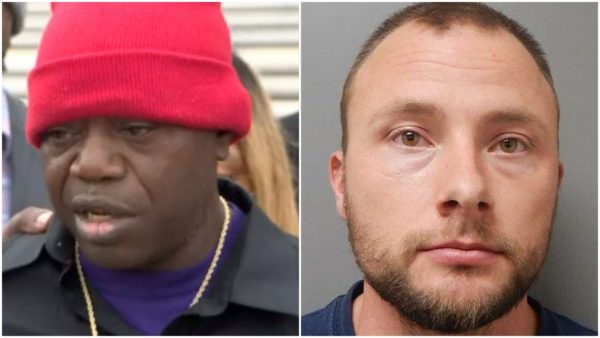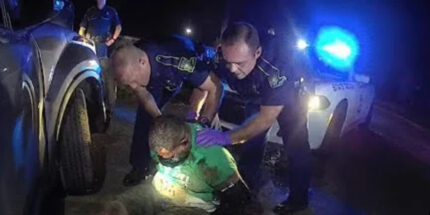Videos of Louisiana state troopers beating Black men have been hidden and concealed by supervisors for years and reveal a pattern of violence, an Associated Press investigation shows.
In the past decade, there have been a dozen cases in which Louisiana State Police troopers or their superiors overlooked or concealed evidence of beatings or hampered attempts to root out misconduct.
The review comes as state police in Louisiana face scrutiny over violent incidents involving white officers and Black men.
Ronald Greene, a 49-year-old Black motorist, died in 2019 during an arrest after he eluded a traffic stop then led troopers on a high-speed chase.

Police initially told Greene’s family he died as a result of a crash at the end of the chase despite little damage to his vehicle. Later, authorities acknowledged there had been a struggle. Finally, in May of 2021, body camera footage showing that Greene was dragged, tased and beaten as he begged for mercy prior to his death was published by the AP.
Hours after Master Trooper Chris Hollingsworth learned he would be fired following an internal investigation into Greene’s death, he died in a car crash. Hollingsworth was filmed on body camera footage bragging that he “beat the ever-living f–k” out of Greene.
Trooper Kory York, who was seen dragging Greene, was suspended without pay for 50 hours but has returned to duty pending the outcome of an ongoing federal investigation.
This week, Lt. John Clary, who had been accused of hiding footage of the encounter that was mysteriously missing from an investigative file sent to prosecutors was cleared of all wrongdoing.
Footage made public in August of another May 2019 traffic stop showed that Louisiana troopers hit 46-year-old Aaron Larry Bowman in the head and body 18 times with a flashlight. The incident took place three weeks after Greene died.
Bowman was forcefully removed from his vehicle by troopers following a traffic violation and beaten with an 8-inch aluminum flashlight by trooper Jacob Brown, who later justified his actions as “pain compliance.”

“I kept thinking I was going to die that night,” Bowman told The Associated Press after watching footage of the encounter “It was like reliving it all over again. By watching it, I broke down all over again.”
It took 546 days and a lawsuit filed by Bowman in October 2020 for the footage to be released. Brown was arrested in December on one count of aggravated battery and one count of malfeasance in office following an investigation by the LSP Bureau of Investigations.
In the case of 20-year-old marijuana suspect DeShawn Washington, a trooper was captured on dash camera footage grabbing him by the hair and slamming his head into the hood of a police cruiser. The stop also occurred in 2019, a few months before the incidents involving Greene and Bowman.
Federal prosecutors are now probing a possible pattern of racial abuses by the state police, attorneys for victims announced in June.
“The original investigation of Ronald Greene mushroomed into a larger investigation of the entire agency: policies, practices, procedures, incidents, leadership,” attorney Lee Merritt said prosecutors told him. “It’s a wide-ranging investigation.”
The majority of those beaten in cases reviewed by AP were Black. A tally by the agency itself indicates that 67 percent of use of force incidents involve Black people, or double the percentage of the state’s Black population.
The AP reported in June that a secret panel tasked with examining whether officers systematically target Black motorists for abuse was shut down.
“Hyper-aggressiveness is winked upon and nodded and allowed to go on,” said Andrew Scott, a use-of-force expert who reviewed the videos “It’s very clear that the agency accepts that type of behavior.”


